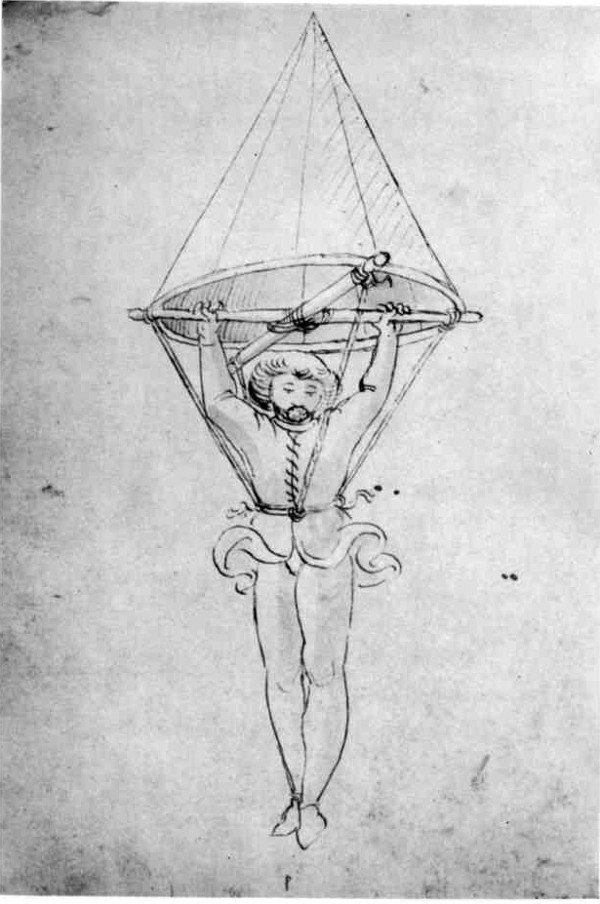https://www.facebook.com/MonteStories
Ever since people’s imagination has driven them to invent all sorts of transportation and tools, some of these inventions unfortunately have had some element of danger. But that doesn’t mean that creativity and technological development had to stop for fear of injury or even death. People have always thought of ways to create “safety nets”: thimbles, airbags, gloves, masks, protective eyeglasses, and so on. Today we will hear a story about one these safety devices, parachutes.

A parachute is an object that slows down the movement of another object or person when falling to the ground. Parachutes are usually made from lightweight, strong cloth. Originally people used silk, now most commonly nylon is used. In order to create the “drag effect” parachutes usually take the shape of a hemisphere or a pyramid. Depending on the situation, parachutes are used with a variety of loads, including people, food, equipment, space capsules, and bombs.
The first blueprint of a parachute dates back in the Renaissance period in an anonymous manuscript from Italy, written in 1470. The device was designed to have a wooden structure and the circumference of the dome was very small. These two main characteristics were considered to be harmful for the jumper, and also inefficient to actually create the drag effect during a fall through the atmosphere.

Shortly after, a more sophisticated parachute was sketched by Leonardo Da Vinci in 1485. Here, the scale of the parachute is in a more favorable proportion to the weight of the jumper. Da Vinci’s design consisted in a squared wooden frame which gave the dome the shape of a pyramid. We do not know if he was influenced by the earlier blueprint, but we know that word of mouth was the greatest way to exchange ideas at that time.
Although Leonardo Da Vinci never had a public demonstration of his parachute, the feasibility of Leonardo’s pyramidal design was successfully tested in 2000 by the daredevil Briton Adrian Nicholas and again in 2008 by the Swiss skydiver Olivier Vietti-Teppa. Briton says that despite the skeptical engineers and physicists’ opinions of pyramidal parachutes, Da Vinci’s design created prototypes that had a smoother ride than modern parachutes.
The parachute is one of the inventions which has a great history behind and its changes and development that were made over the time and is certainly worth studying.
